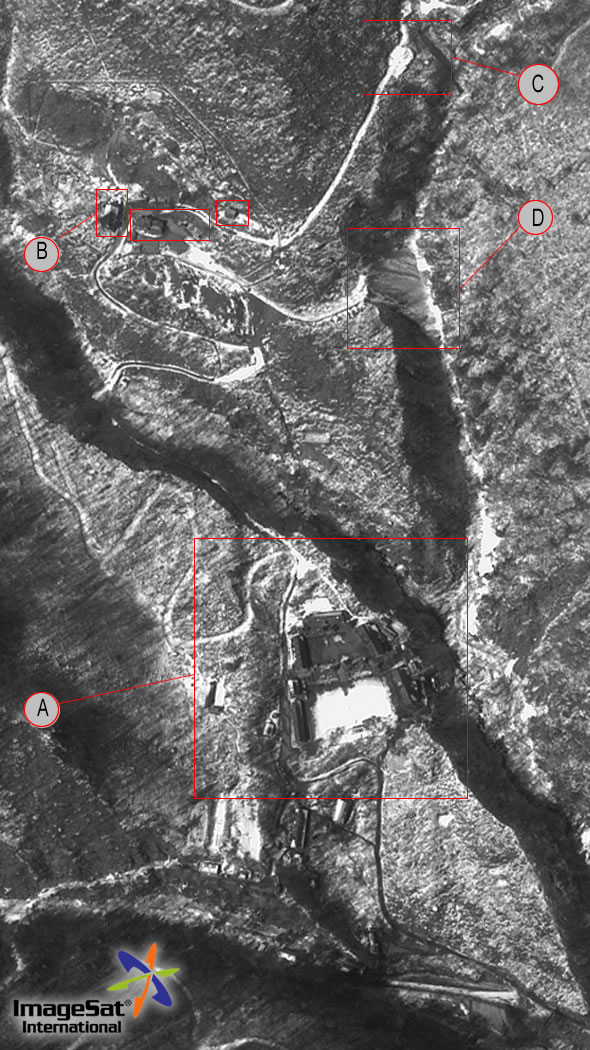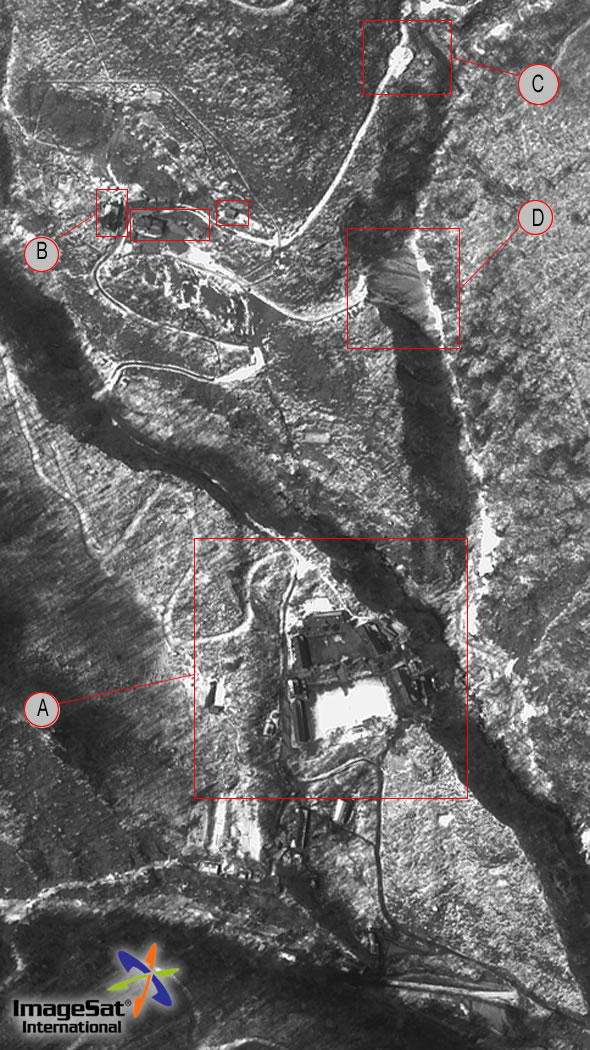
In defiance of international condemnation and pleas for restraint, North Korea launched its long-range Unha-3 rocket on Friday the 13th in an effort to place an Earth-observation satellite into a polar orbit.
International news media outlets are reporting that North Korea launched its Unha-3 three-stage rocket on Friday at 7:39 AM Korean time from its northwestern Sohae Space Center at Tongchang-ri in an effort to place a satellite into Earth-orbit. South Korean and United States’ sources are reporting that all preliminary data indicates that the launch failed shortly after lift-off. No launch confirmation has been provided by North Korea yet.
US, Japanese, and South Korean officials announced that data collected during the launch indicate the rocket broke apart, possibly within the first ninety seconds of flight. First reports say that an abnormally large “flare” was identified shortly after separation of the rocket’s first stage and the remaining portions of the rocket crashed somewhere in the sea. Officials speaking for the United States stated that no part of the rocket or the satellite made it out of Earth’s atmosphere.

South Korea scrambled military helicopters and ships immediately following the launch in a search effort to locate and retrieve any debris that might be found. Before the launch, the United Nations announced that the Security Council was scheduled to meet sometime on Friday to discuss the launch. It is unknown if this meeting will be held as scheduled or will be delayed now that the North has completed its launch effort.
The North’s launch was planned to be the highlight of the nation’s scheduled celebrations to commemorate the 100th birthday anniversary of Kim Il-Sung, the founder of the North Korean regime. Kim Il-Sung’s birthday, April 15th, has long been a national holiday in the North known as the “Day of the Sun.”While the failure of this launch is likely to be viewed by the international community as an “embarrassment,” it is equally probable that the North will claim that the endeavor was an unqualified success. Since 1998, North Korea has attempted four launches of multistage rockets, all attempts have failed.
South Korean representatives have expressed their belief that this launch attempt will be quickly followed by a new nuclear test in keeping with the North’s past history. Two previous satellite-launch attempts preceded nuclear tests and South Korean intelligence sources are reporting that work is now underway to prepare for another test in the same region where previous nuclear tests were conducted.
Based on information compiled by South Korean intelligence, reported by Associated Press on 9 April, it appears highly probable the North is nearing completion of necessary excavations at the northeast Punggye-ri nuclear test facility required to conduct a nuclear test. The Punggye-ri site was used to conduct tests following the failed rocket launches in 2006 and 2009.
















